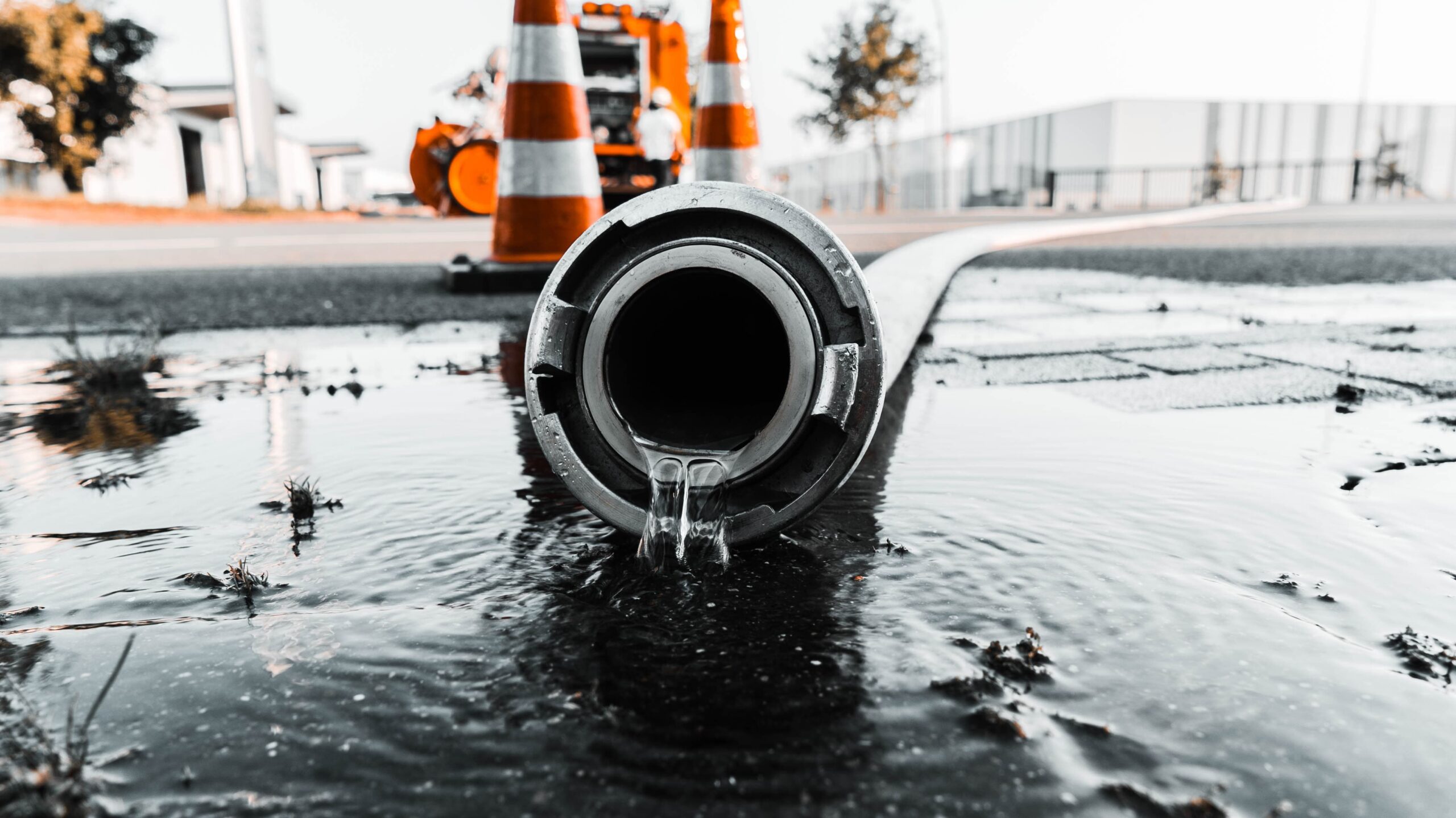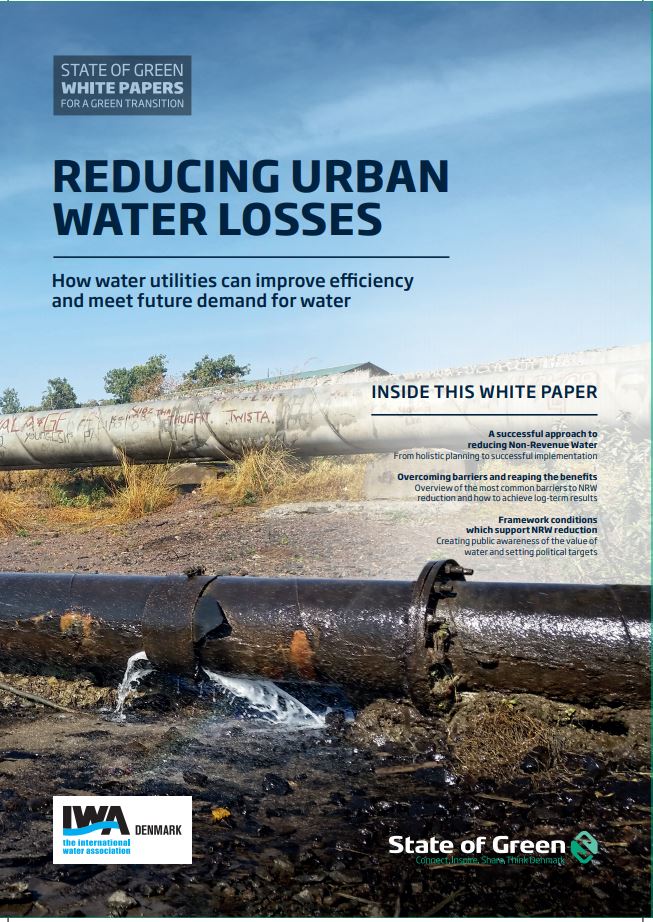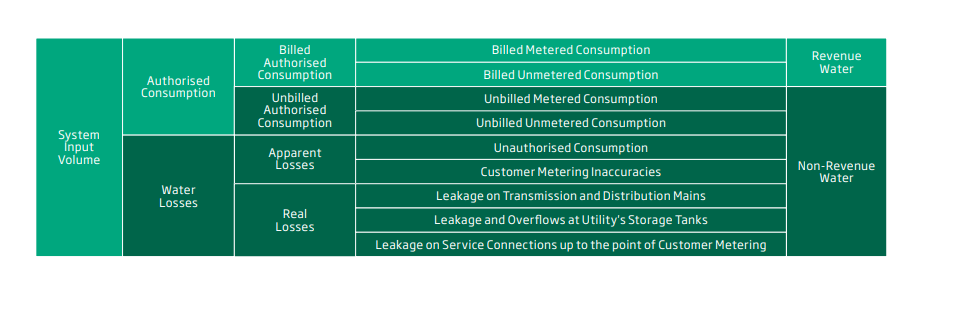Download our publication on reducing urban water loss today
This article is part of our publication ‘Reducing urban water loss’.
Download nowPerspective
Non-revenue water


In many cities 25-50 per cent of the distributed water is never invoiced to the customers. For growing cities, this is particularly problematic, as expanding the water distribution networks without reducing urban water losses effectively means expanding a cycle of inefficiency.
Non-Revenue Water (NRW) is the difference between the amount of water supplied into a distribution system and the amount of water that is billed to the customers. It comprises of:
A more detailed description is found in the IWA Water Balance figure below. Water is a scarce resource Water consumption on a global scale is estimated by the United Nations to increase by up to 30 percent by 2050, which will lead to an even greater supply gap for countries already facing water stress. With a ‘business as usual’ approach and average economic growth, demand for water will outnumber known available freshwater
resources by 40 per cent in less than 15 years. In order to meet future demand for water, it is therefore necessary to focus on efficient NRW management and achieving control of water loss today.
Huge volumes of drinking water are never invoiced due to leakages, deteriorating infrastructure, inaccurate billing systems, deficient customer registration, inaccurate metering, reservoir overflow and illegal connections. In addition to simply running a good business, reducing NRW is also of great importance for running a sustainable operation and a vital component in reaching the UN Sustainable Development Goal (SDG 6) on Clean Water and Sanitation. In the long run, neglecting to reduce NRW poses a threat to the development of the entire area.
High levels of NRW will have a serious impact on the financial viability of water utilities and whole communities due to revenue losses and unnecessarily high operating costs. NRW thus directly affects the capacity of water utilities to fund necessary service expansions, conduct proper maintenance and invest in new technology.
In general, reducing NRW by half within one to two years is an achievable target for water utilities with water losses above 20 per cent. This entails an assumption that both a strategic focus and required funding are present. A reduction at that level will generate a considerable increase in annual income from billing, as well as reduced costs for water production.

This article is part of our publication ‘Reducing urban water loss’.
Download nowA wide range of valuable benefits An effective NRW programme will naturally focus on reducing urban water losses and increasing revenue but it can also lead to other important benefits for the water utility and its customers:
